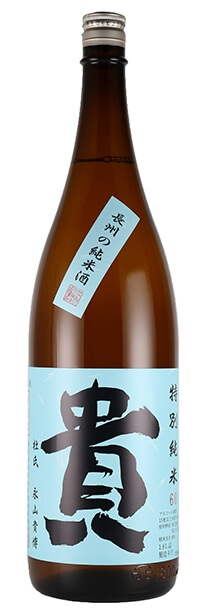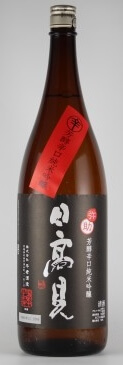For Wine, the methodology for pairing it with a dish is almost finalized. And it is beginning to be talked about that this Sake goes well with this dish.
The compatibility with food depends on the nature of the aroma component contained in the alcoholic beverage. According to one theory, there are more than 700 aroma components in Sake, more than 400 in whisky, and 600 in wine. Sake, which has a complex and rich flavor despite its light appearance, can be paired with a wide range of other foods.
Water, a component of Sake, extends and clarifies the flavor of a dish. Its alcohol has the power to extract the hidden flavors of ingredients, dissolve fats and soften proteins.
Its sweetness moistens the texture. Its acidity refreshes the palate, emulsifies fats and oils, and mellows salt. Its umami complements the flavor of the food, doubling its deliciousness and lengthening the pleasant flavor aftertaste.
Minerals also offset the lye and astringency of ingredients and clean up the aftertaste. Its nutty and mushroom-like aroma takes advantage of the savory flavor of grilled dishes. Its ability to remove the fishy smell of seafood and bring out the hidden sweetness of the ingredients makes it one of the best alcoholic beverages in the world.
It is a good match for dairy products such as cream, butter, and cheese, which are not used in Washoku, and gives them a mellow flavor.
Sake’s aroma component has the potential to suit not only Washoku, but all styles of cooking methods and seasonings, including Italian, French, Chinese, and Indian cuisine.
Well-prepared Edomae sushi tends to pair well with a sake that has rich umami and presence. However, the umami of this type of sake can have a strong impact on your tastebuds and overpower the sushi, which is supposed to be the star of the show. As a general principle, the fruity fragrance (Ginjoka: fruity flavor) of some ginjoshu can obstruct the delicate tastes of sushi. For example, when eating Akagai, the sake can actually eliminate the taste of the tide from your nose, almost as if someone is actually pinching your nose. We generally like to avoid sake like this with sushi. But it is not a mistake to introduce this type of sake partway through your meal, as a palate cleanser. The compatibility between sushi and sake is more interesting than you may think.
We would like to introduce a sake that can be enjoyed with a sushi meal from start to finish, and another, mellow sake, that will not even be overpowered by the rich umami found in Tuna Akami. Please use this as a guide if you’re not sure what to drink at a sushi restaurant.





